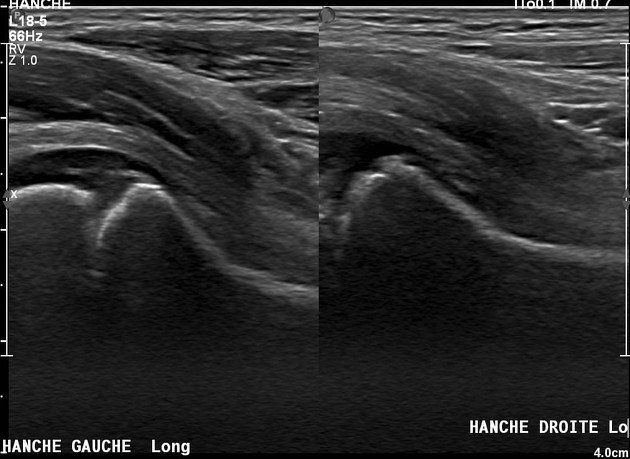This is a basic article for medical students and other non-radiologists
The limping child is a common diagnostic quandary faced in emergency departments that deal with pediatric patients. The causes of limp in children are protean and vary with the age of the child.
On this page:
Assessment
The important features in the history are whether there has been any recent trauma to account for the limp. If there has not, it is important to take an accurate history that includes information about:
- recent illnesses: has there been a recent cough, cold or ear infection?
- medical history: is there anything that might predispose to the cause?
Investigation
Investigation depends on the likely cause. In a child under ten who has had a recent infection, but who has no features of current infection and who has unilateral hip or knee pain, the cause is likely to be transient synovitis. An ultrasound can be performed to look for an effusion, although it is unlikely that this will affect the outcome since treatment is supportive (anti-inflammatory medication).
Where there are no features to support transient synovitis and pain has been more acute it is important to exclude avascular necrosis (Perthes disease) in 8-10-year-olds and slipped upper femoral epiphysis (SUFE) in older children. In this situation, a pelvis x-ray is required.





 Unable to process the form. Check for errors and try again.
Unable to process the form. Check for errors and try again.